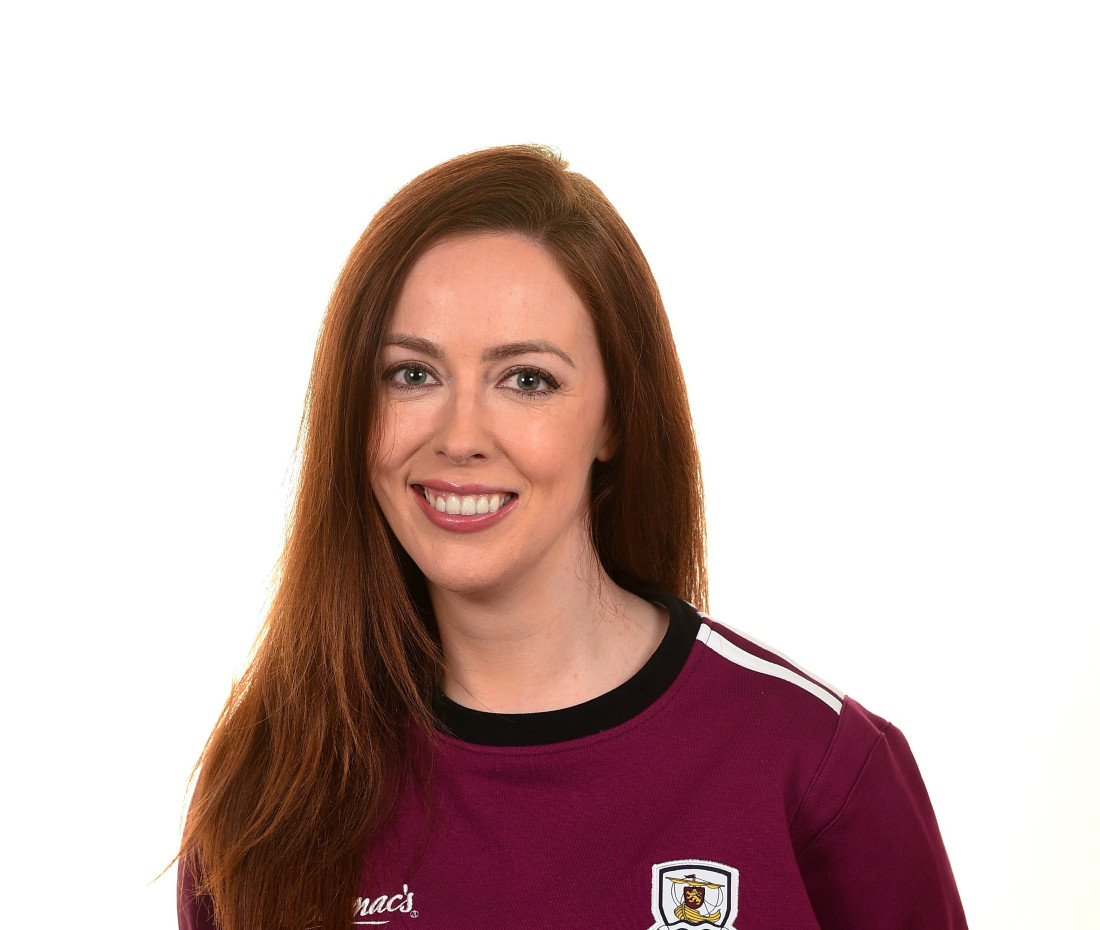THE first thing I do whenever I enter a team dressing room is to scan the place for the number one object guaranteed to cause stress to a huge portion of the players in that room. It’s usually under a table or the middle of a floor while someone publicly records what it shows. The weighing scales. Poison.
Granted, there are some sports where we can’t avoid the scales. Racing and boxing to name an obvious two. But ask anyone involved in those sports about the challenges they face and the first thing they usually mention is making weight and for some, that means a life of disordered or dangerous eating habits.
We live in a world where physiques are pulled apart to the point that world class athletes have spoken out about the pressures they felt to get thinner and thinner.
Mary Cain, an American middle distance runner who was part of the Nike Oregon Project spoke about the impact this mindset amongst her coaches had on her. Her performance dipped, and it harmed her health and her bones. Another young woman, a former Commonwealth Youth gold medallist, Phoebe Lenderyou says she had bulimia for years due to humiliating weigh-ins.
A full BBC documentary looking at the treatment of young swimmers in England found many found they were winning medals but left feeling worthless after years of fat shaming, weight obsessions and leaving eating disorders untreated.
We’d be very naïve to think this same thing isn’t happening to young men and women in the GAA. Up and down the country body fat analysis is done at the beginning of a season with barely a thought given about that person’s composition, their lifestyle or their mental state.
Often forgotten too is that athletes, even the lowly Junior C club player, have different needs to the general public if they’re training. Maintaining and gaining muscle mass, speed and strength requires energy and good nutrition, not a focus on weight.
Instead, there are coaches and players out there who prioritise appearance over performance. It opens a door to injury, pains, illness and psychological distress.
When the brain is starved, focusing on weight can push some over the edge. Athletic performance is never just about one thing and so many other factors come into play. Sleep, lifestyle, career outside sport, stressors, mental health and genetics to name but a few. Neither of them have anything to do with weight, but rarely are addressed. If sport was as simple as reaching a magical number on a scales, we’d all be champions.
We cannot just call these numbers metrics to help guide players as we live in a world where size and appearance is dissected by everyone, and no more than the person living in the body. In every group of young players, a few will be damaged to the point of setting them off on a path of a potentially fatal eating disorder. Anorexia is a psychiatric condition and it has a higher death rate than any other illness in that realm. More than depression, or bipolar, or schizophrenia.
Yet, we continue to foster bad practices that can help shove young people down that path. Even if they never reach full blown anorexia, many will live a life of disordered eating (often disguised as healthy eating for sport) and suffer problems like loss of menstrual function, bone density loss and mood disorders as a result.
We need to remember that to play Gaelic games, players need to be dedicated. Even at the lower levels, there’s a dedication involved in committing to training and games week in week out. If you have a set up that focuses on body size or composition you will have some dedicated players who now fixate on the body fat percentage and the scales, to their detriment. Even those who ‘look’ like they’re in peak shape. Nobody wants to be the fat player. It can be deflating.
Imagine working hard all week, week after week and the scales then mocking you, and potentially teammates, before you go out to play a championship game. It doesn’t take a genius to figure out how that might impact a player’s performance.
Once a player starts restricting food, they may initially feel faster and their performance may lift. However, underneath the bonnet the engine and parts are beginning to suffer. Their performance drops, they’re malnourished, they’re injury-prone and it takes them a long time to recover, they stop enjoying the game. Eventually, their vehicle breaks down and sometimes it can’t be repaired.
In recent years, some nutritionists and dieticians have advocated for weighing players pre and post games to assess hydration levels and ensure players have enough fluids onboard. While this is a good idea in theory, it needs to be managed. Knowing your team means this shouldn’t need to be done at every training session or game.
It absolutely should not be done publicly and a player should not know their ‘stats’ aside from being told they need to eat or drink a particular amount to withstand the pressures of their game.
This is sport, not Slimming World. And sometimes it can be a matter of life or death.
Receive quality journalism wherever you are, on any device. Keep up to date from the comfort of your own home with a digital subscription.
Any time | Any place | Anywhere












